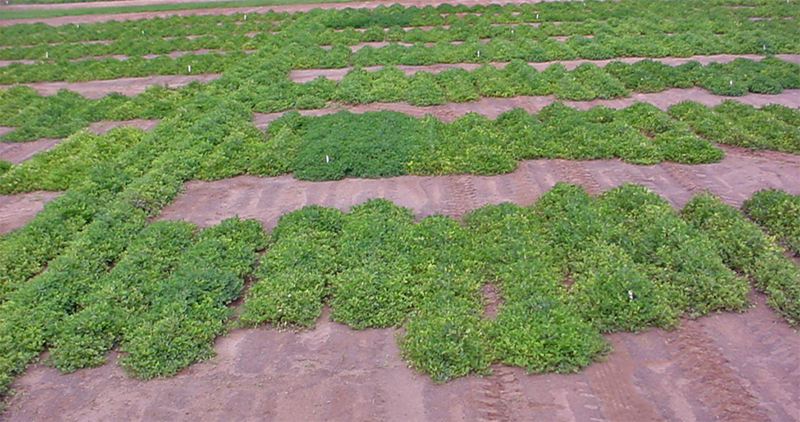
by btillman | Apr 3, 2020
We have all been surprised and stunned by the rapid spread of the coronavirus all around the world and even into our own neighborhoods. Like many of you, I pray daily for a swift end to this crisis. Be safe out there! Meanwhile, another virus, one that is not...
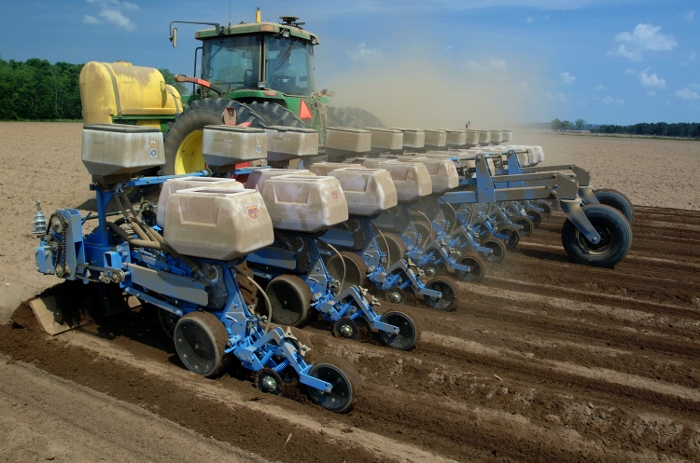
by Ethan Carter | Mar 13, 2020
The 2020 Panhandle Row Crop Short Course was held Thursday, March 5. Extension Specialists from Florida and Georgia spoke to attendees providing production information and various management tips for row crops farmers. Continuing education units (CEUs) were offered at...
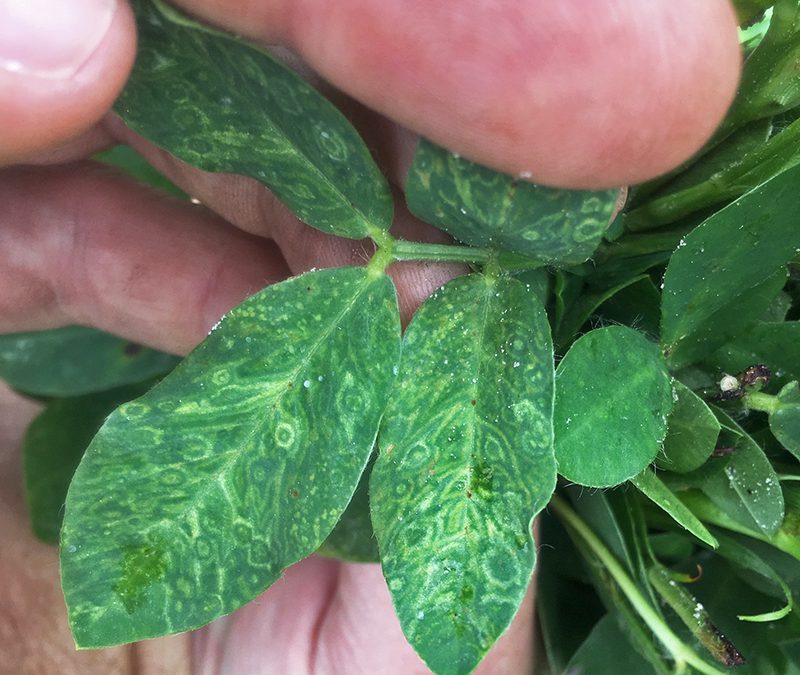
by Ian Small | Mar 6, 2020
Ian Small, UF/IFAS North Florida Research and Education Center (NFREC), Dan Anco, Clemson University, Department of Plant and Environmental Sciences, Kelly O’Brian, NFREC, Santosh Sanjel, NFREC, Nick Dufault, UF/IFAS Department of Plant Pathology, and David...
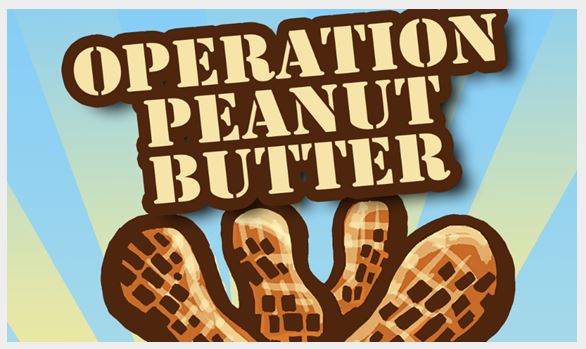
by Libbie Johnson | Feb 28, 2020
In 2016, the National Peanut Board, Georgia Peanut Commission, Florida Peanut Producers, Alabama Peanut Producers Association, Virginia-Carolina Peanut Promotions, Southern Peanut Growers and American Peanut Council launched the online peanut learning game, Operation...
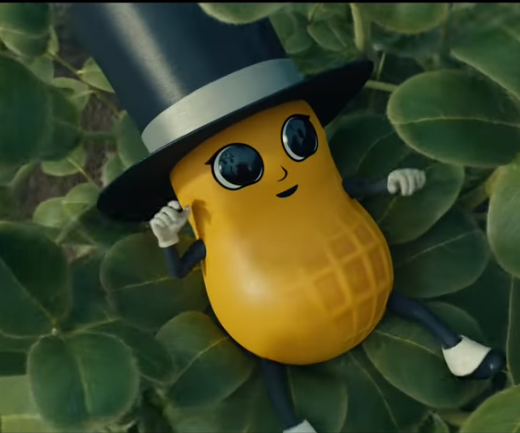
by Doug Mayo | Feb 7, 2020
This week’s featured video is part two of the Mr. Peanut Super Bowl commercial saga. The advertising staff of the Planters company must have had a lot of fun dreaming up this advertising campaign for the Super Bowl. First they killed him off with a heroic act...

by Doug Mayo | Jan 31, 2020
This week’s featured video was published by Planters Peanuts. The company released the following video on social media this past week to preview the upcoming Supper Bowl Commercial that ends Mr Peanut’s 104 -years of advertising campaign for peanut snack...







